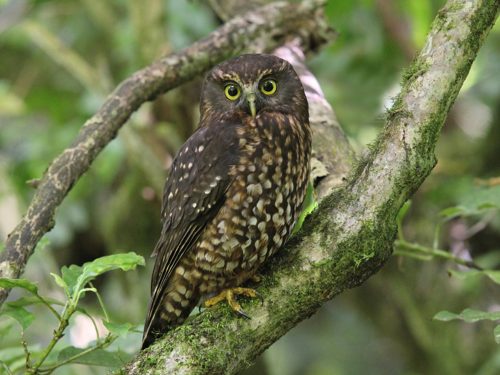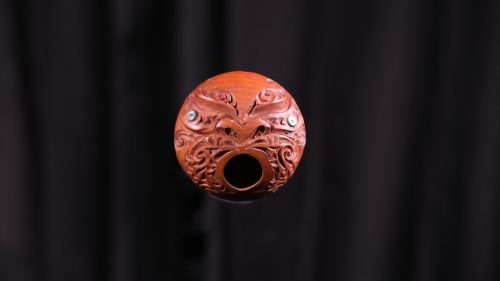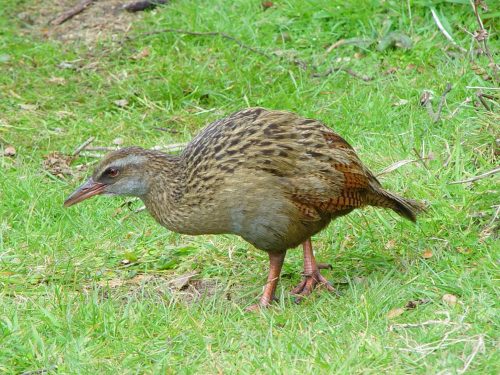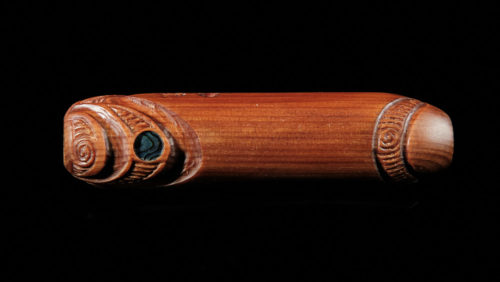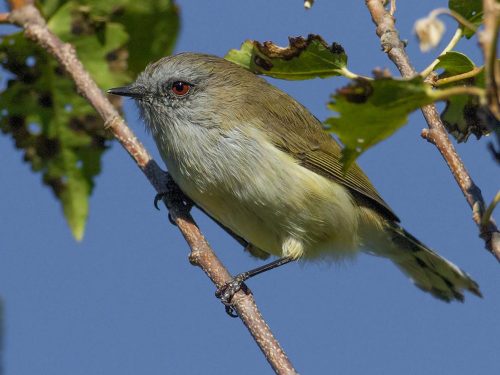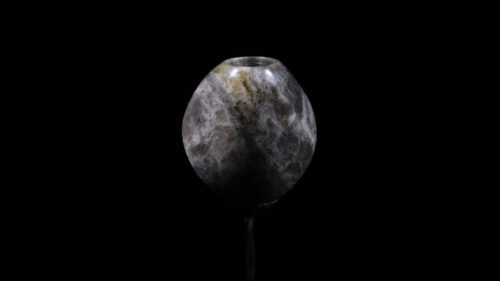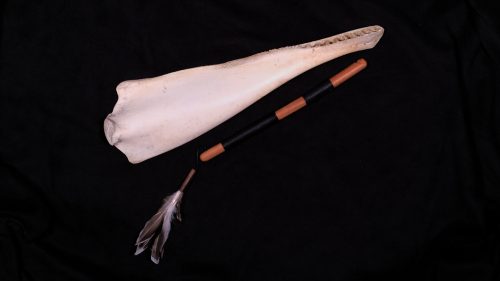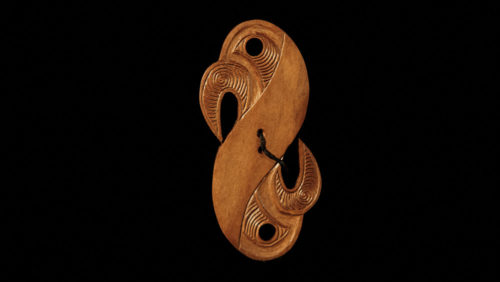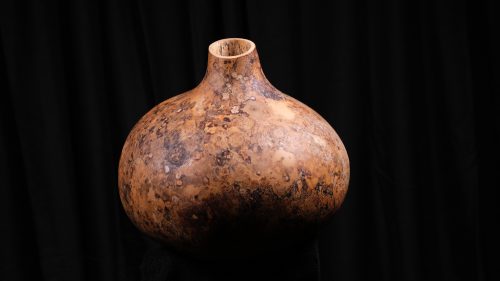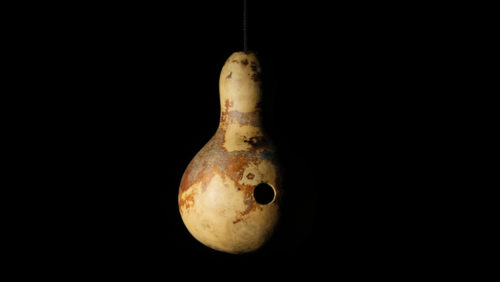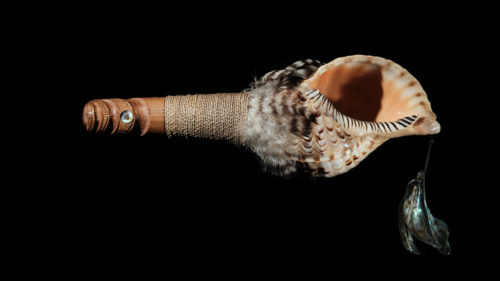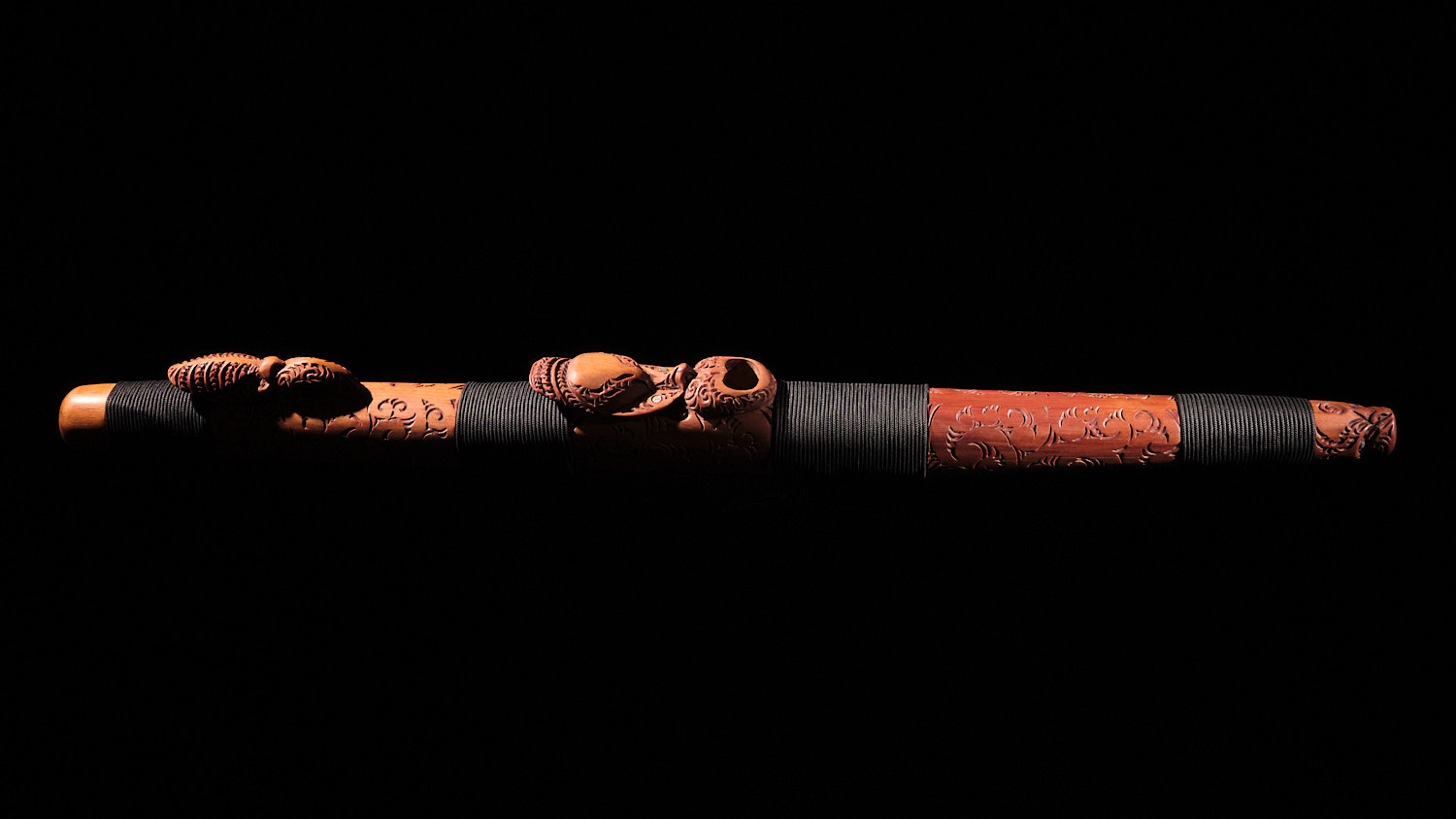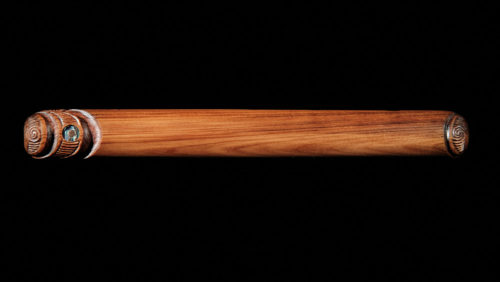Te Ao o Taonga Puoro - Worksheets
This page offers a number of worksheets that teachers can use to support the live presentation of Bob's schools programme 'Te Ao o Taonga Puoro'.
The Manu Cacophony
Here's a fun worksheet where you can explore the sounds of actual manu (birds) with the manu sounds made by Bob on his karanga manu.
Here's some game suggestions:
- Match the bird sounds to the photographs.
- Which sound is real and which is Bob?
- Match the instrument photos to the sound and/or the bird photos.
Credits:
Department of Conservation for the manu sounds and New Zealand Birds Online for the bird photographs - copyright Graeme Taylor, Adam Clarke, Kevin B Agar, Peter Frost - restricted use of audio and bird photographs as specified here: https://nzbirdsonline.org.nz/copyright
Musical Match Making
In this worksheet students can match the name of the instrument to its sound, its photograph and its description. I've included a PDF of a set of cards that can be printed off, so the exercise can be done in class or could be generated from this online resource. Eight of the instruments used in the programme are used for this worksheet.
Download a PDF of printable cards by clicking on this link:
